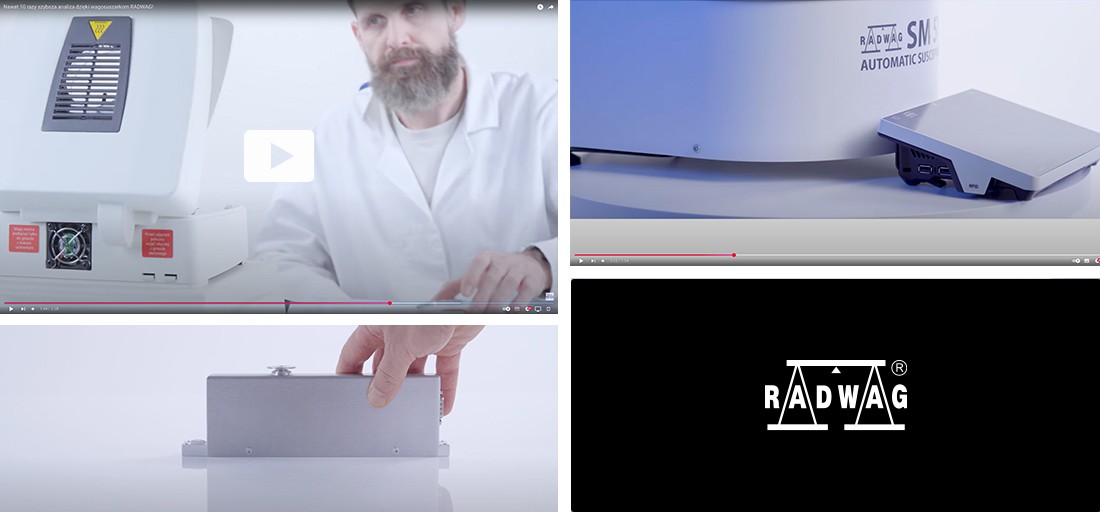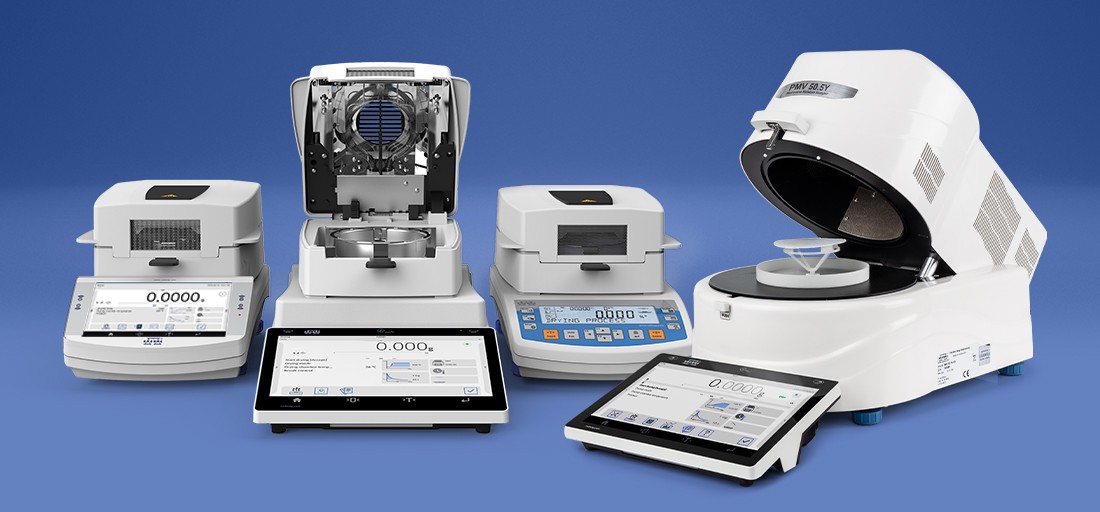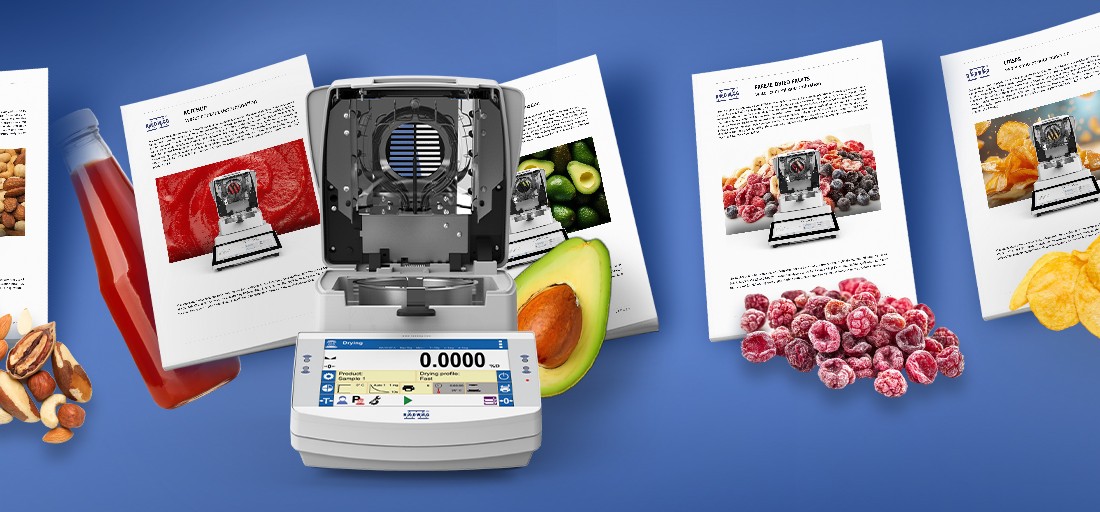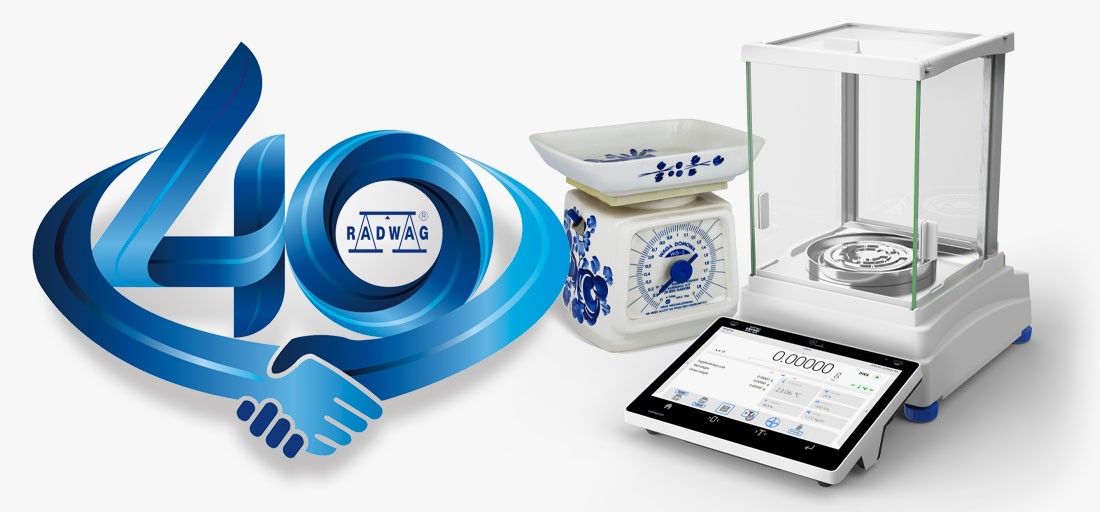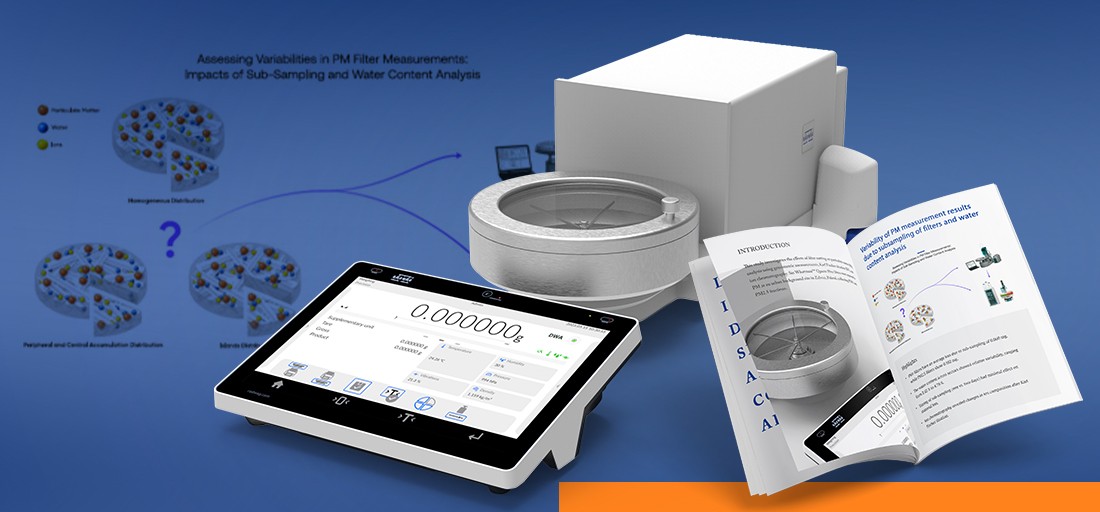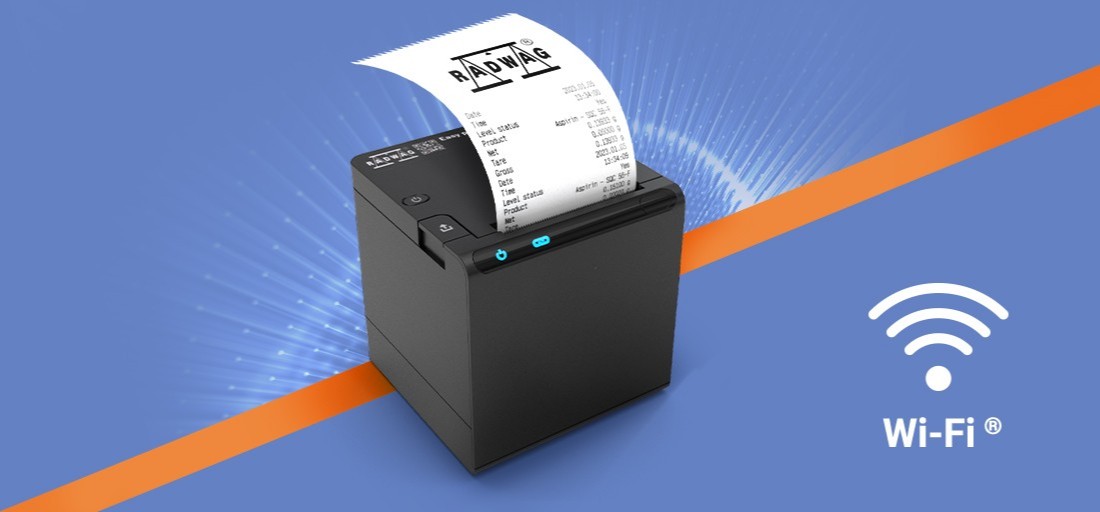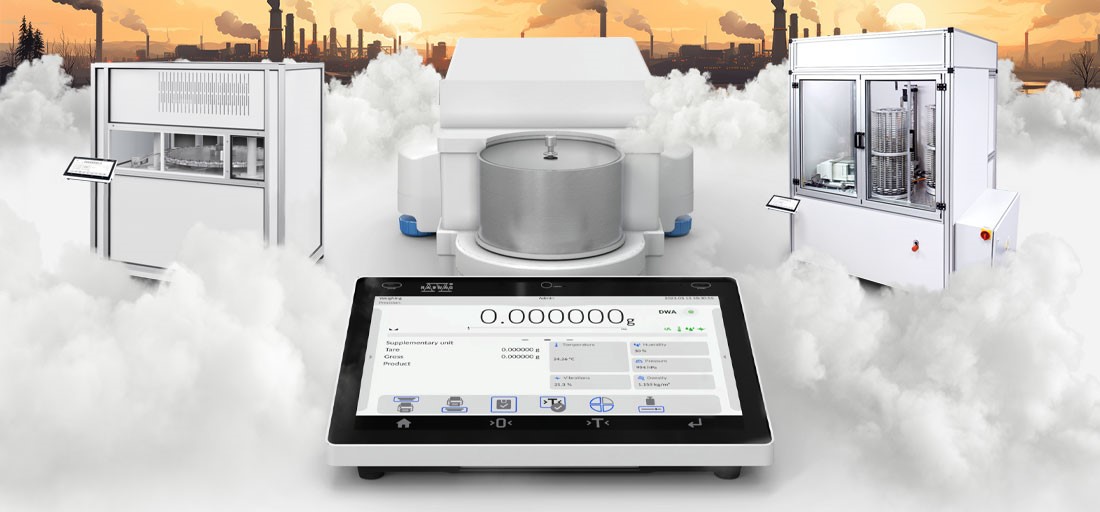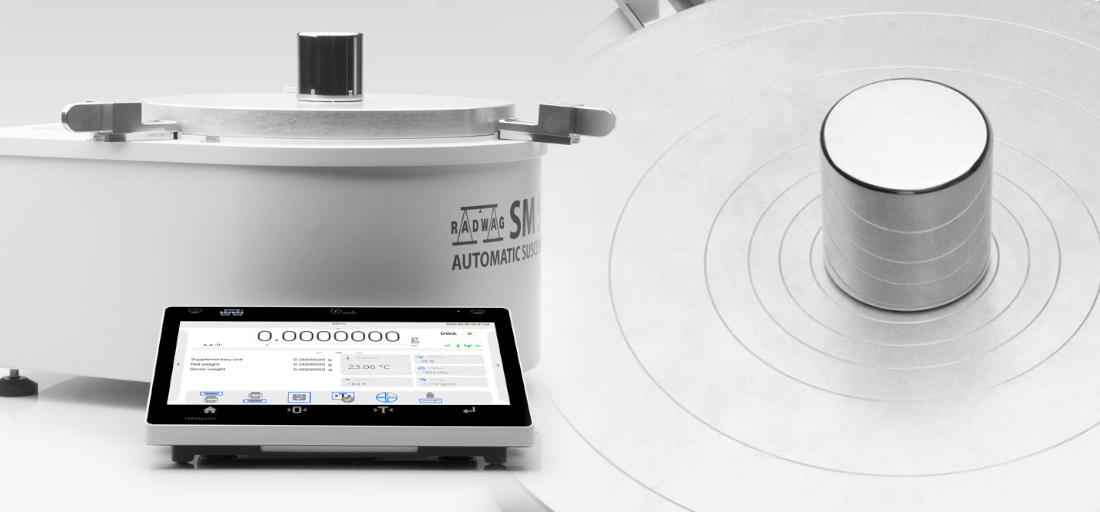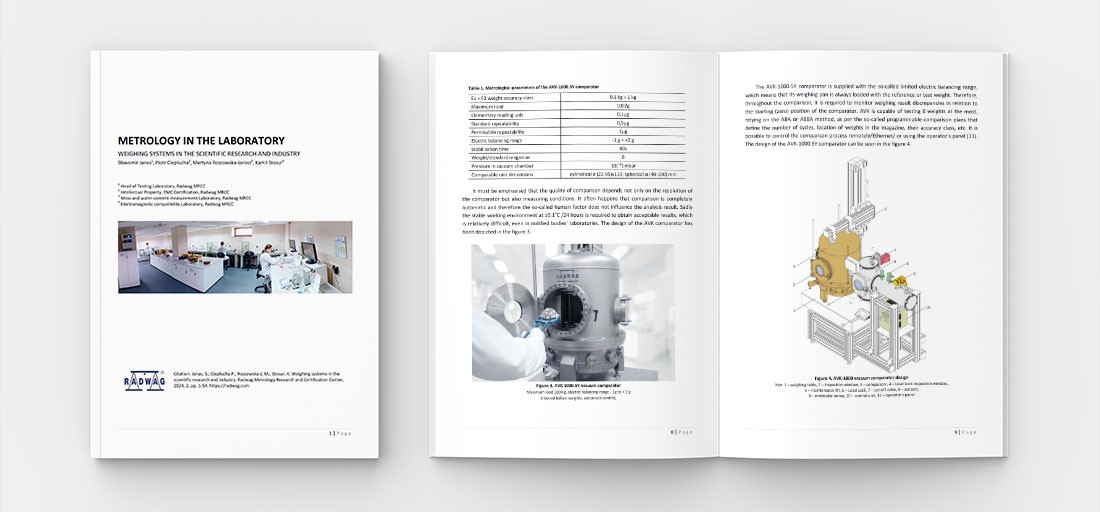Which Laboratory Balance to Choose? RADWAG’s Most Accurate Laboratory Balances

Working in a laboratory where small masses are weighed requires the most accurate and precise balances. The most popular devices in such cases are ultra-microbalances, microbalances and analytical balances. Before answering the question which RADWAG balance to choose for the laboratory, we will determine what features and functions these measuring instruments should have in order to best serve laboratory employees.
Which Balance to Choose for the Laboratory?
Good Repeatability and High Readability
The best laboratory balance is very precise, which translates into unbeatable repeatability values (from 0.15 µg). In addition, its readability is impressively high (from 0.1 µg), and the higher it is, the lower the maximum capacity values. These three features are what make the balance an excellent measuring device for weighing very small masses in the laboratory.
Compatibility: a Large Selection of Laboratory Accessories
If the balance you are thinking of buying is precise and accurate, it is worth considering whether the manufacturer offers a wide range of dedicated accessories for use in the laboratory. In the case of RADWAG, the choice of compatible products is huge: we offer antistatic ionizers, THBR 2.0 System (Ambient Conditions Monitoring), adapters for pipette calibration, chambers for filter weighing, filter chamber trays, Stent Weighing Kit, MICRO-KIT (Set of Holders for Microscale Glassware), Fingerprint Reader for data security in the laboratory, weighing dishes or RFID Tags.
Security in the Laboratory
Data security is a key aspect of working in a laboratory, especially a pharmaceutical one. In the 5Y series balances, we guarantee audited login methods, fast and secure logout and compliance confirmation: 21 CFR Part 11, GMP, qualifications, validations, quality system and more. If you work in the pharma industry and require the electronic signature, the 5Y laboratory balances as standalone devices meet the requirements of 21 CFR Part 11/ EU GMP Annex 11, and thus ensure full data security. In addition, the balances of this series work with RFID* Tags, which can be used to mark goods or formula ingredients in the database and to identify the user.
A Fume Cupboard as a Demanding Work Environment
If you don’t have enough space in the fume cupboard, lack access to a weighing terminal, or want to operate the balance remotely, you need a balance with a hotspot. A hotspot will allow you to use the balance on any device previously connected to it. This can be a smartphone, tablet or computer.
Working Modes and Databases
If you work in a laboratory, you expect more than just weighing. For this reason, RADWAG offers you a number of working modes in the 5Y series balances. These include weighing, parts counting, checkweighing, dosing, percent weighing, density, animal weighing, formulations, statistics, pipette calibration, differential weighing, SQC, peak hold, mass control, comparator and PGC. A tool as helpful as the working modes are the databases. There are as many as 24 of them in the 5Y laboratory balances. If you happen not to save the result of weighing, they will be very useful.
Handy Library and DWA®
If you have failed to save the weighing result at least once, it is possible that you sometimes ask yourself what the value of the previous measurement was. The 5Y series balances always display the history of the last 20 measurements (you’ll find them on the main screen, on the side panel). Also here, in the Handy Library, you can see a series of measurements ready for electronic signature, according to 21 CFR Part 11.
The 5Y Laboratory Balance has the answers to many of your other questions, not only about the value of the last measurement; for example, it knows when the device is ready for use. This is supervised by the Digital Weighing Auditor. DWA® is a system that monitors ambient conditions (temperature, humidity, pressure and vibration), fully automatic balance levelling, adjustment, USP compliance and ionizer operation. The 5Y balance signals the results of the digital audit through Ambient Light, pictograms on the home screen or a speaker.
Back to the Beginning: Which Balance to Choose for the Laboratory?
The device that has all the features and functions described above is the 5Y Laboratory Balance. The most accurate balances of this series are ultra-microbalances and microbalances. Less accurate, but with a higher maximum capacity, are analytical balances, which will also prove useful in many laboratories.
__________
* RFID ISO/IEC 14443 Type A, 13.56 MHz


